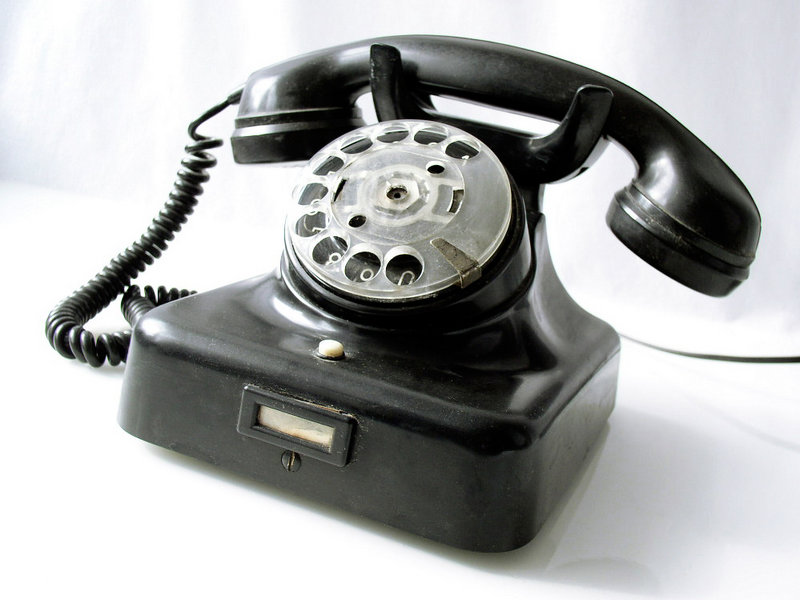

Three decades later, a Bell company said a customer called to ask the operator if he was a mammal, “like a whale,” while a woman wanted to know how to get a squirrel out of her house, according to Goodmann. On Halloween eve in 1938, during Orson Welles’ radio broadcast of “War of the Worlds,” New Jersey residents believed martians were invading and frantically phoned the operator for information on the invasion and to connect them with loved ones before the world ended. Welgos/Getty Imagesīelieve it or not, gas station bathrooms used to be squeaky clean. “Telephone users interpreted her as an efficient way to locate any information,” wrote Emily Goodmann, an assistant professor of communication at Clarke University, in her 2019 paper on the history of telephone operators.Ī man wearing a cap and uniform mops the floor of a bathroom at a service station circa 1945. Well into the 20th century, AT&T offered weather, bus schedules, sports scores, time and date, election results and other information requests. The job came to be occupied mostly by single, middle-class White women, often known as “Hello Girls.” The Bell System, known as Ma Bell, advertised its mostly female ranks of operators as servile and attentive – “The Voice with a Smile” – to attract and maintain customers. The operator became the early face of the telephone, a human behind an emerging and complex technology. The operator was the essential link in the dominant Bell System, owned by American Telephone & Telegraph (AT&T), telecommunications network.

Operator services were a selling point to customers during the late 1800s and early 1900s. The human telephone operator, a job that came to be dominated by White women during the nineteenth and early twentieth centuries. There’s a wonderful circularity there,” said Josh Lauer, an associate professor of media studies at the University of New Hampshire who is writing a book on the cultural history of the telephone. “The operator was the internet before the internet. “Nearly all of these customers have internet access to look up this information,” said an AT&T spokesperson.īut a century ago, the operator functioned as Google. On a notice on AT&T’s website, the company directs customers to find addresses and phone numbers on Google or online directories. Verizon, T-Mobile and other major carriers still offer these services for a fee. AT&T in 2021 ended operator services for wireless callers, although customers with home phone landlines can still access operators and directory help. Starting in January, AT&T customers with digital landlines won’t be able to dial 411 or 0 to reach an operator or get directory assistance. The operator is going off the hook for millions of customers.


 0 kommentar(er)
0 kommentar(er)
